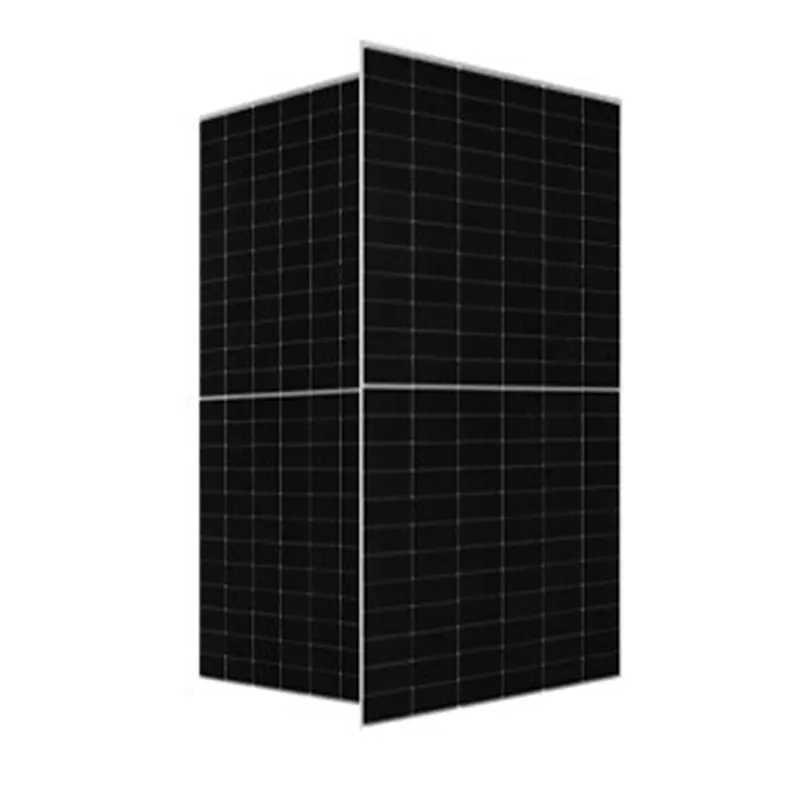solar panel conversion efficiency
Solar Panel Conversion Efficiency Understanding the Key to Renewable Energy
In recent years, the push for renewable energy sources has led to a surge in interest in solar panels, which convert sunlight into electricity. As the world grapples with the pressing need to reduce carbon emissions and combat climate change, increasing the conversion efficiency of solar panels has become a crucial area of research and development. Conversion efficiency refers to the percentage of sunlight that a solar panel can convert into usable electricity. This article explores the factors influencing solar panel conversion efficiency, recent advancements, and the implications for the renewable energy landscape.
Factors Influencing Conversion Efficiency
Several key factors contribute to the conversion efficiency of solar panels
1. Material Composition The most common materials used for solar panels are monocrystalline silicon, polycrystalline silicon, and thin-film technologies. Monocrystalline panels typically offer the highest efficiency rates, often exceeding 20%, while polycrystalline panels usually range from 15% to 20%. Thin-film technologies, while more versatile and lightweight, generally feature lower efficiency levels.
2. Temperature The efficiency of solar panels can be negatively impacted by high temperatures. As the temperature increases, the performance of solar cells can decrease, leading to a reduction in the total energy output. Manufacturers are actively researching materials that can maintain higher efficiency levels even in elevated temperatures.
3. Angle of Incidence The angle at which sunlight strikes a solar panel significantly affects its efficiency. Panels that are fixed at a certain tilt may not capture sunlight as effectively throughout the day compared to those that can adjust their angle. Tracking systems that follow the sun’s path can improve energy capture, although they come with higher installation and maintenance costs.
4. Shading and Dirt Accumulation Even minimal shading from trees or buildings can dramatically reduce a solar panel's efficiency. Regular cleaning and maintenance are essential to ensure that dirt, dust, and debris do not obstruct sunlight.
solar panel conversion efficiency

Recent Advancements in Conversion Efficiency
Researchers and engineers are continually striving to improve solar panel conversion efficiency through innovative technologies
1. Bifacial Panels These panels can capture sunlight from both sides, increasing overall energy output. By utilizing reflected sunlight from the ground, bifacial panels often demonstrate enhanced efficiency compared to traditional, monofacial panels.
2. Perovskite Solar Cells A new wave of solar technology involves the use of perovskite materials, which have shown promise in achieving higher efficiencies at a lower cost compared to conventional silicon-based cells. While still in the development phase, perovskite solar cells have reached efficiencies of over 25% in laboratory settings.
3. Multi-junction Solar Cells These cells use multiple layers of photovoltaic materials to capture different wavelengths of sunlight, leading to significantly improved efficiency rates. Multi-junction cells can exceed 40% efficiency but are primarily used in specialized applications, such as space exploration, due to their higher production costs.
Implications for Renewable Energy
Improving solar panel conversion efficiency has significant implications for the future of renewable energy. Higher efficiency translates to more electricity generated from the same amount of sunlight, making solar energy more viable as a primary energy source. This is crucial in meeting global energy demands and transitioning to a sustainable future. Furthermore, as technology advances and costs continue to decrease, solar energy is expected to play a pivotal role in reducing reliance on fossil fuels and achieving carbon neutrality.
In conclusion, solar panel conversion efficiency is a vital component of harnessing solar energy for a sustainable future. Ongoing research and technological advancements promise to enhance efficiency rates, drive down costs, and expand the applicability of solar power, positioning it as a cornerstone of the global energy landscape. As we work towards a greener planet, understanding and improving solar panel efficiency will be essential in our collective journey toward renewable energy solutions.
-
Unlocking Energy Freedom with the Off Grid Solar InverterNewsJun.06,2025
-
Unlock More Solar Power with a High-Efficiency Bifacial Solar PanelNewsJun.06,2025
-
Power Your Future with High-Efficiency Monocrystalline Solar PanelsNewsJun.06,2025
-
Next-Gen Solar Power Starts with Micro Solar InvertersNewsJun.06,2025
-
Harnessing Peak Efficiency with the On Grid Solar InverterNewsJun.06,2025
-
Discover Unmatched Efficiency with the Latest String Solar InverterNewsJun.06,2025







